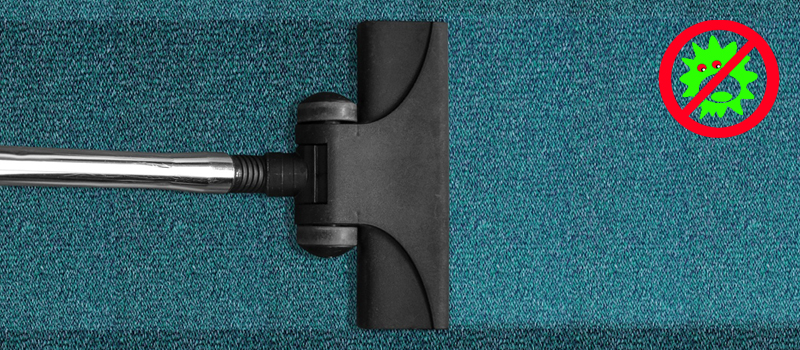Dust allergens are an extremely common problem in homes and vacuuming can make things worse. Luckily, using the right vacuum can help you avoid dust and dander that cause unwanted symptoms. But which vacuum is the right one?
How Vacuuming Affects Allergies and Asthma
If you are a long-time allergy sufferer, you’re probably aware of how badly dust affects allergies and asthma. Dust allergies cause uncomfortable symptoms such as sneezing, itchy eyes, and lung irritations. Micro-organisms called dust mites are a huge contributor to allergy and asthma problems. They thrive in humid conditions because they feed off of air moisture and regular house dust. Unfortunately, they can easily float around the air when disturbed and, due to their miniscule size, are regularly inhaled.
Activities such as vacuuming and dusting tends to disturb house mites and send them into the air, which is why symptoms often worsen when you start to clean.
Here are some ways to avoid triggering asthma and other allergies when vacuuming.
Best Vacuum for Allergies and Asthma
It’s difficult to completely avoid dust allergy symptoms, but investing in the right vacuum can certainly help. Look for a lightweight canister vacuum with a high-speed motor for ultimate dirt extraction. Additionally, a vacuum with a certified HEPA filter can do wonders for those who suffer from airborne irritants. HEPA, or high-efficiency particulate air, filters are designed to collect particles from the air, including harmful ones that cause asthma irritations. The ZeroG Weightless Vacuum includes a triple-layer, insulated HEPA bag that collects these dust particles. This type of filtration inhibits the growth of over 800 microbes because it’s made of a strong, antimicrobial material. This feature makes the ZeroG one of the best vacuums for allergies and asthma suffers.
Tips for Cleaning with Allergies and Asthma
Reduce your risk of allergens and asthma by following these simple cleaning tips.
- Vacuum carpeted areas twice weekly, especially if you have children and pets. Use a vacuum with a HEPA filter to collect small dust particles, pet dander, and dust mites.
- Use free-standing HEPA air filters to further purify your home and remove airborne dust particles and allergens.
- Maintain a temperature of 70 degrees Fahrenheit and a level of 30 to 50 percent relative humidity. This will decrease the likelihood of dust mites breeding indoors.
- Wash pillowcases and blankets once a week on a cold water cycle to deter dust mites from taking up residence in your bed.

